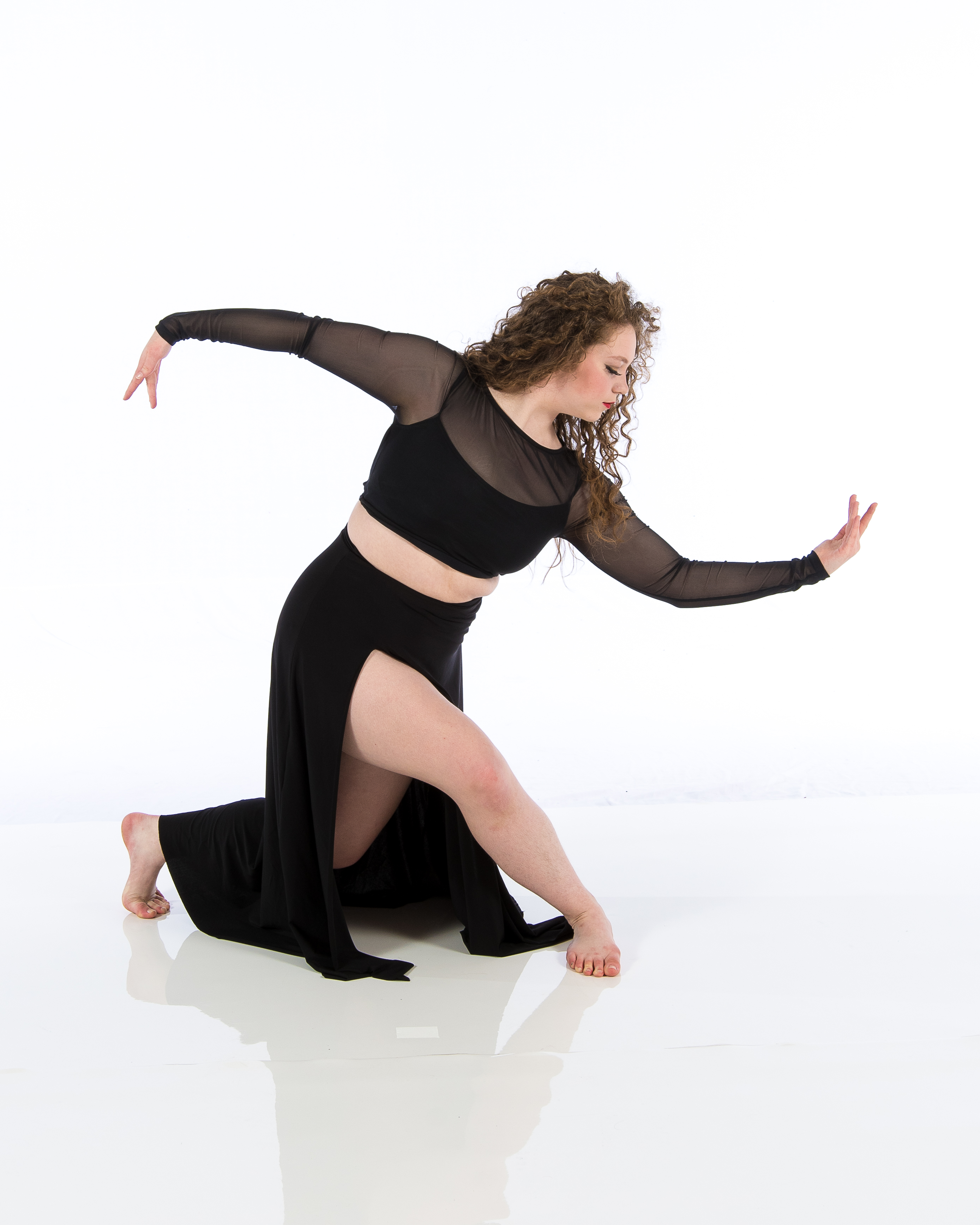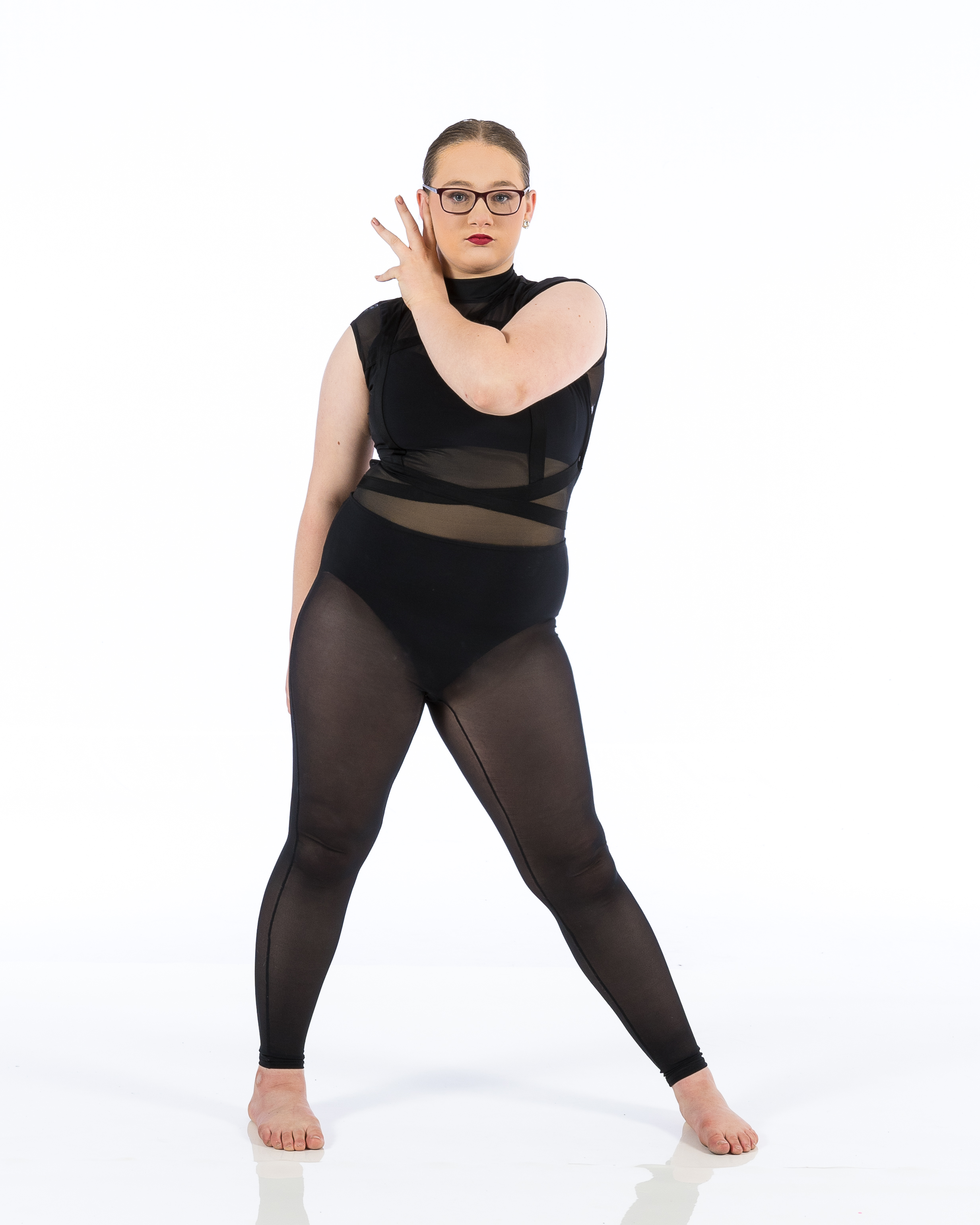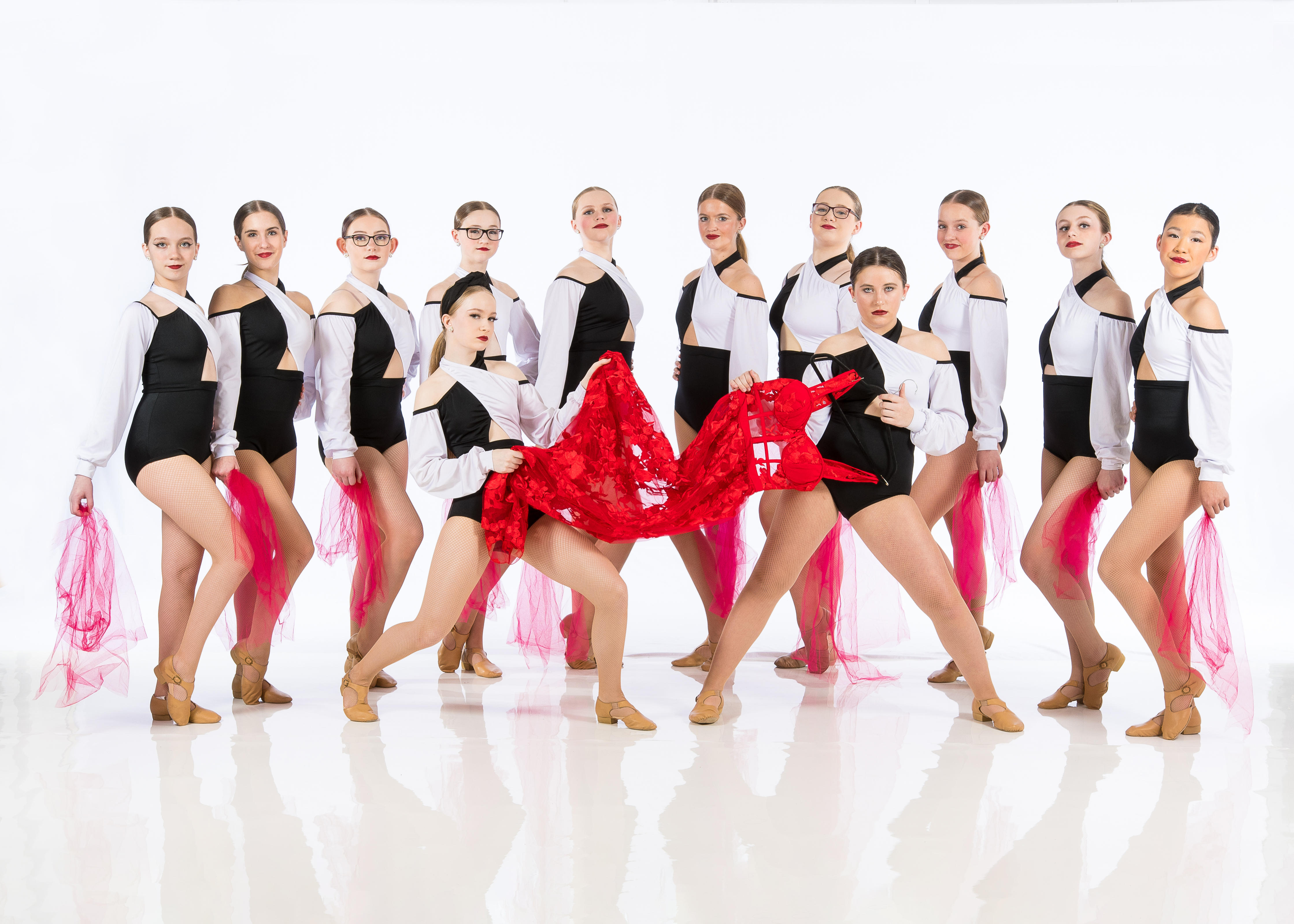Introduction
Dance is an art type that goes beyond barriers, unifies areas, and ruptureds with the vigor of human expression. Whether you're a budding professional dancer entering a dance studio for the first time or a knowledgeable entertainer wanting to refine your craft, recognizing dance studio rules is vital for ensuring a positive experience. This comprehensive overview entitled From Amateur to Professional: Navigating Dance Studio Etiquette for an Unified Experience will take you through every aspect of dance studio behavior, providing understandings that will certainly boost your experience and foster stronger partnerships within the dance community.
Understanding Dance Studio Etiquette
What is Dance Studio Etiquette?
Dance studio rules describes the collection of unwritten rules and social norms that control habits in a dancing class setting. Similar to any various other imaginative setting, valuing these guidelines can improve not only your learning experience yet also that of your peers.
Why is Dance Studio Rules Important?
Adhering to correct rules assists create an ambience of respect, focus, and partnership. It fosters a feeling of community and permits professional dancers to sustain each various other in their development while lessening interruptions throughout class.
From Beginner to Expert: The Significance of First Impressions
Preparing for Your Initial Class
Walking right into a dance studio for the very first time can be nerve-wracking. To make a remarkable impression:
- Dress suitably: Use comfortable clothing suitable for the sort of dance you're studying. Arrive early: Aim to get to least 10-- 15 mins prior to course starts. This provides you time to sign in, heat up, and clear up in.
Greeting Your Instructor
A friendly greeting sets the tone for your experience. Always introduce yourself if it's your extraordinary! A simple "Hey there" or "Good morning" can go a lengthy means in developing rapport.
Classroom Conduct: The Do's and Do n'tshtmlplcehlder 46end.
Do's: Favorable Behaviors
Be Respectful: Regard everybody's personal room-- particularly when exercising moves. Listen Proactively: Show attentiveness when teachers are talking; it shows you value their guidance. Support Your Peers: Urge fellow dancers; positivity breeds encouragement.Don'ts: Unfavorable Behaviors
Avoid Disturbances: Maintain individual conversations outside the classroom. Don't Usage Your Phone: Silence your phone during class; it's disruptive. Refrain from Interrupting: Wait up until the instructor surfaces before asking questions.The Role of Personal Room in Dancing Studios
Understanding Boundaries
Personal room varies from one person to another, specifically in a dancing setting where physical closeness is often necessary during method routines.
Communicating Comfort Levels
If you really feel uneasy with exactly how close another professional dancer is getting throughout partnered exercises or developments, it's important to communicate this pleasantly and professionally.
Maintaining Professionalism and reliability: Dress Code and Grooming
Importance of Appropriate Attire
Each dancing design typically has its own dress code-- whether it be leotards for ballet or baggy clothes for hip-hop courses-- adhering to these criteria demonstrates respect for both your craft and your instructor.
Personal Hygiene Matters
Dancing requires physical effort, which can bring about sweating. Guarantee you maintain great health by showering before course and putting on tidy attire.
Behavior During Course: Focusing on Learning
Engaging with Instruction
It's essential to stay focused during presentations. As opposed to simply seeing, proactively engage by visualizing just how you would carry out each movement.
Asking Questions Appropriately
Curiosity improves discovering! If something isn't clear, feel free to ask questions-- however guarantee they matter and postured at appropriate times (preferably after directions).
Feedback: Welcoming Positive Criticism
Accepting Responses Gracefully
Constructive criticism is component growth in any type of art kind. Accept comments with an open mind and avoid becoming defensive; remember that critique intends to assist boost your skills!

Offering Comments Thoughtfully
When providing feedback to peers, ensure it's positive instead of crucial; focus on what they did well along with locations for improvement.
Creating Harmony With Teamwork
The Importance of Group Spirit
In numerous dance designs, team effort plays an essential function; establishing sociability with fellow dancers brings about boosted performances.
Collaborating Throughout Group Exercises
When associated with team jobs or choreography techniques, urge creativity by valuing every person's ideas while also contributing yours constructively.

Handling Conflicts Gracefully
Addressing Differences Maturely
Conflict may develop because of misunderstandings or varying point of views on choreography choices. Tackle these problems privately rather than openly airing grievances which can interrupt class harmony.
Seeking Arbitration When Necessary
If disputes intensify beyond individual resolution efforts-- look for support from instructors who can moderate effectively based on their experience managing similar situations.
Post-Class Rules: Leaving on a Good Note
Thanking Instructors After Class
Always share thankfulness towards your trainer after lessons; this strengthens positive connections while recognizing their difficult work!
Keeping the Workshop Clean
Whether it's getting canteen or nicely organizing props post-class-- maintaining cleanliness shows respect for shared rooms made use of by all dancers!
Engaging Beyond Course Time: Structure Area Relationships
Joining Social Events
Participate in get-togethers arranged by workshops such as showcases or open residences-- these celebrations supply possibilities for networking while improving area connections outside structured lessons!
Supporting Other Dancers' Performances
Attending peers' performances demonstrates uniformity within the dancing community-- it urges involvement beyond plain presence at classes!
Frequently Asked Inquiries (Frequently asked questions)
1. What should I wear for my first dancing class?
Pick comfy clothing ideal for the specific style you're taking (e.g., leotards for ballet). Constantly inquire about outfit codes beforehand!
2. Is it fine to talk throughout class?
It's ideal method not to participate in side conversations throughout guideline as this distracts both instructors & & fellow pupils alike!
3. Exactly how do I handle feeling overwhelmed?
Take deep breaths & & advise on your own that every dancer started someplace! Interact any kind of battle with teachers that might offer added support if needed!
4. What if I differ with choreography choices?
Express problems pleasantly either independently or within designated responses sessions as opposed to freely critiquing during wedding rehearsals; preserving professionalism and reliability aids resolve disputes amicably!
5. Should I bring water into the studio?

6. How important is punctuality?
Punctuality is essential as getting here late interrupts concentration degrees while creating distractions; objective always get here early sufficient allowing time workout appropriately before classes commence!
Conclusion
Navigating through a dance studio setting can appear daunting at first glimpse yet grasping proper rules inevitably changes one's journey from beginner standing toward skilled degree creativity! By adhering very closely well established behaviors detailed throughout this overview entitled From Newbie To Expert: Navigating Dance Studio Decorum For A Harmonious Experience *, you'll grow invaluable friendships within neighborhoods enriched imagination while refining technological expertise alongside respected coaches! So shoelace up those footwear confidently step Dance Studio onto that flooring-- the world awaits your distinct expression via movement!